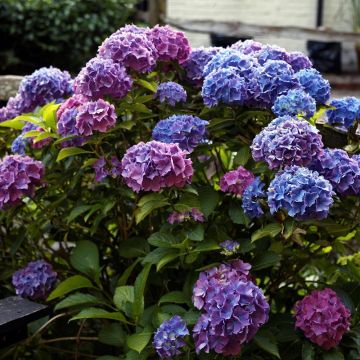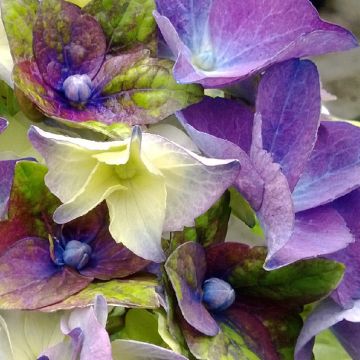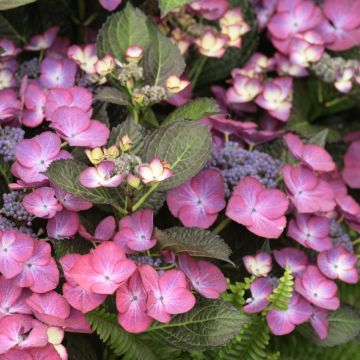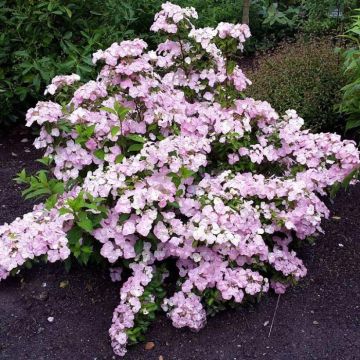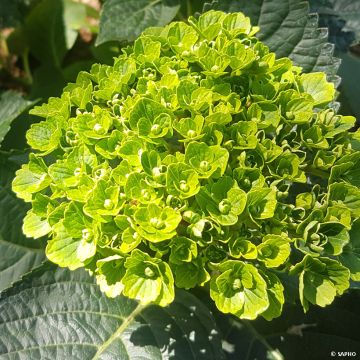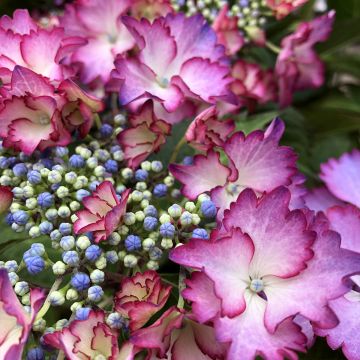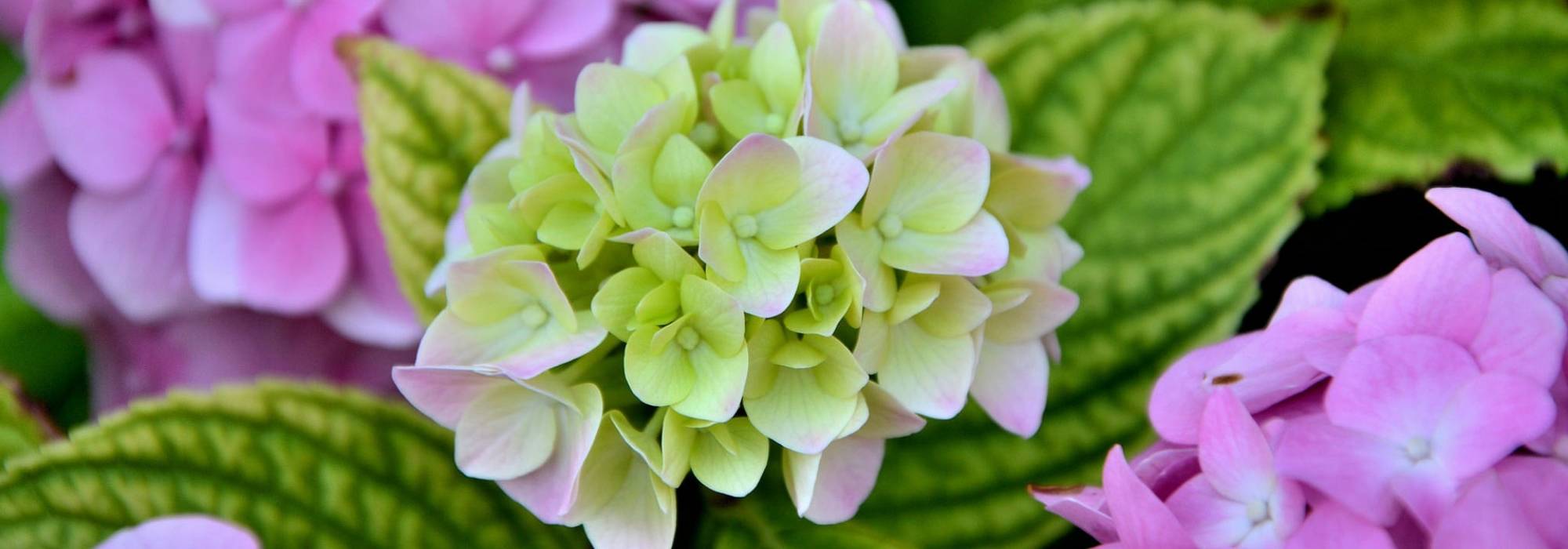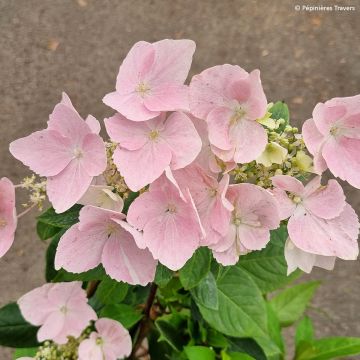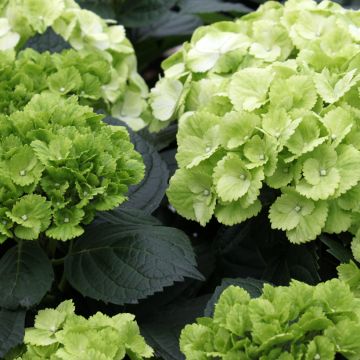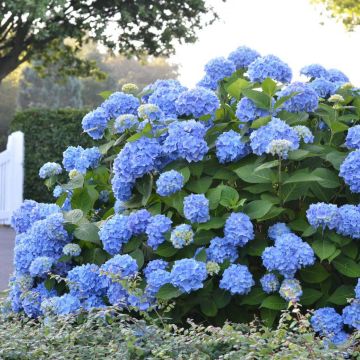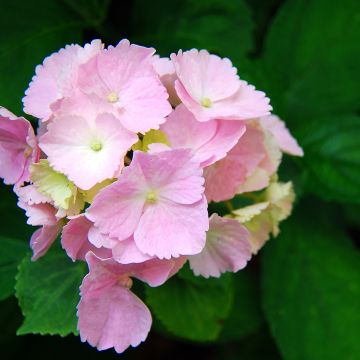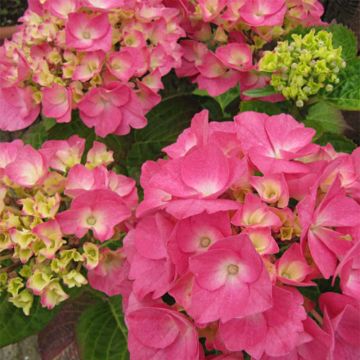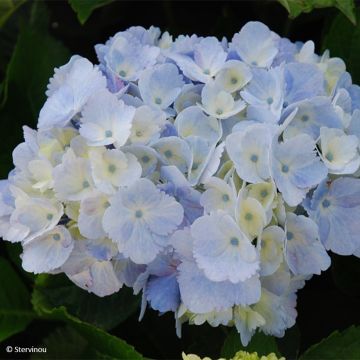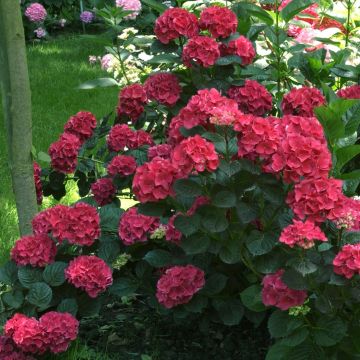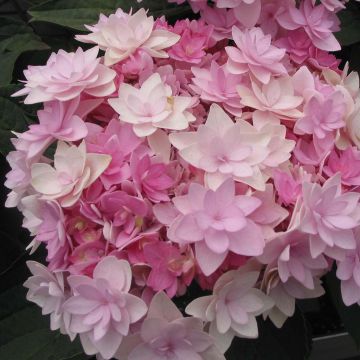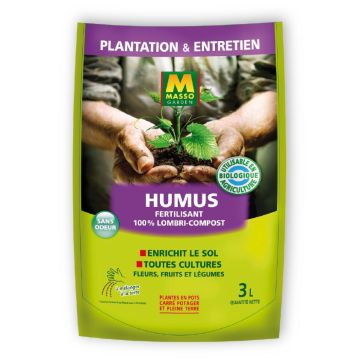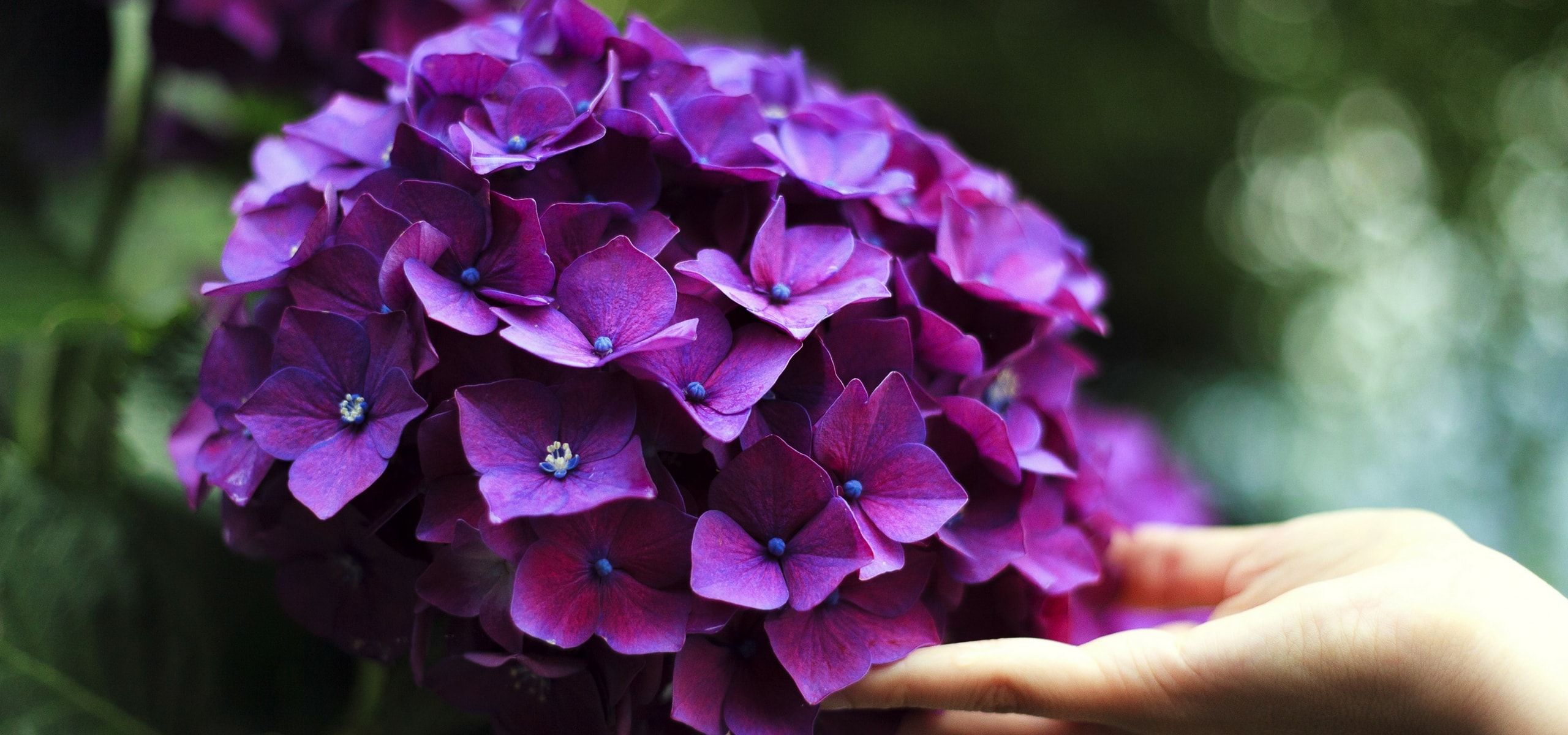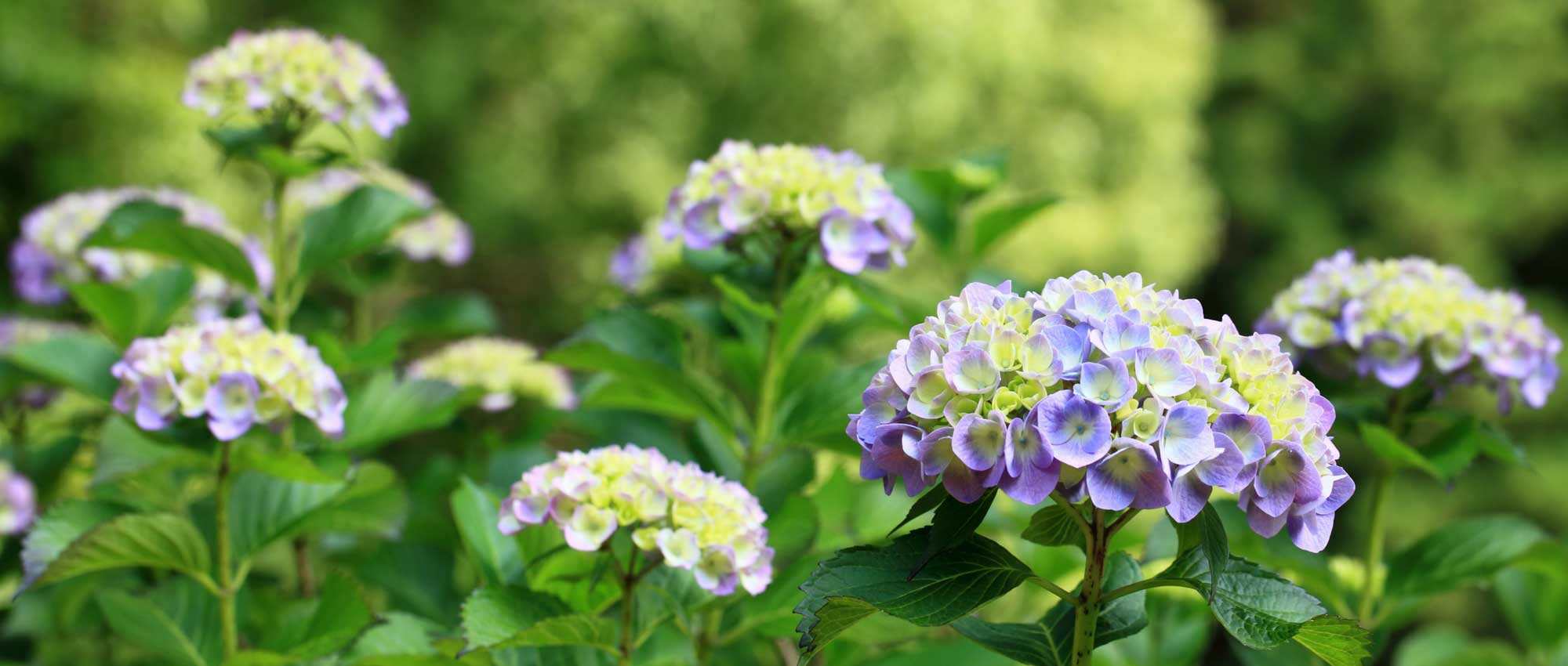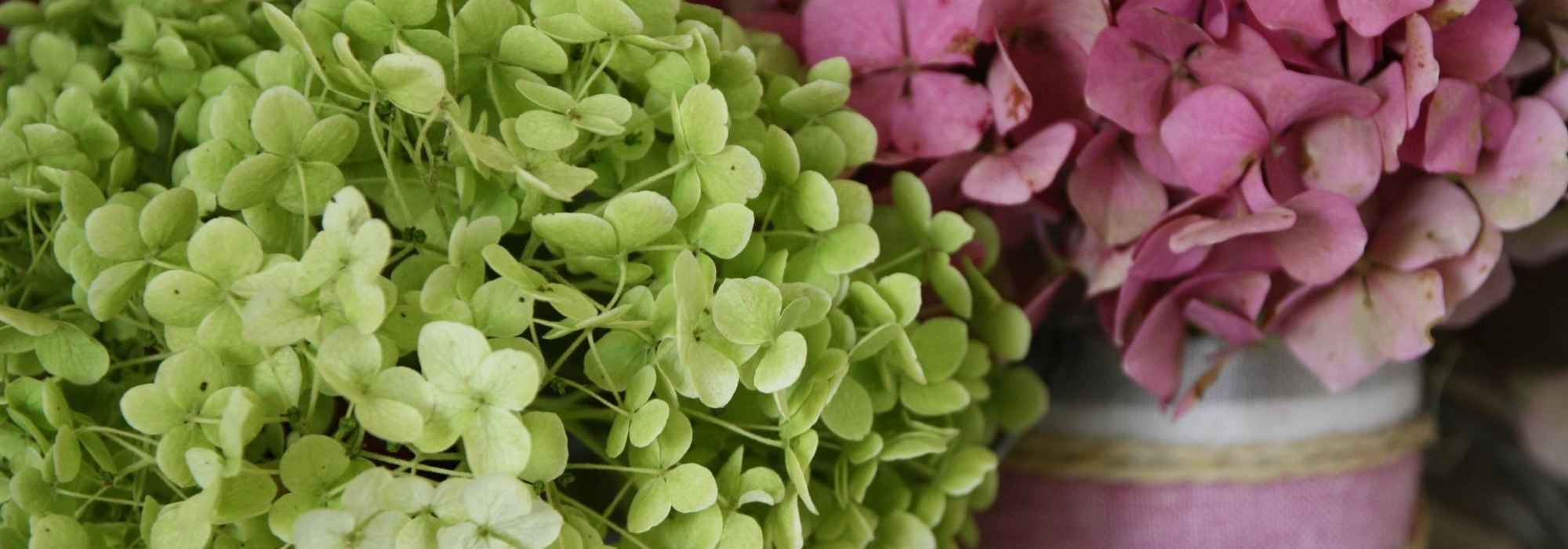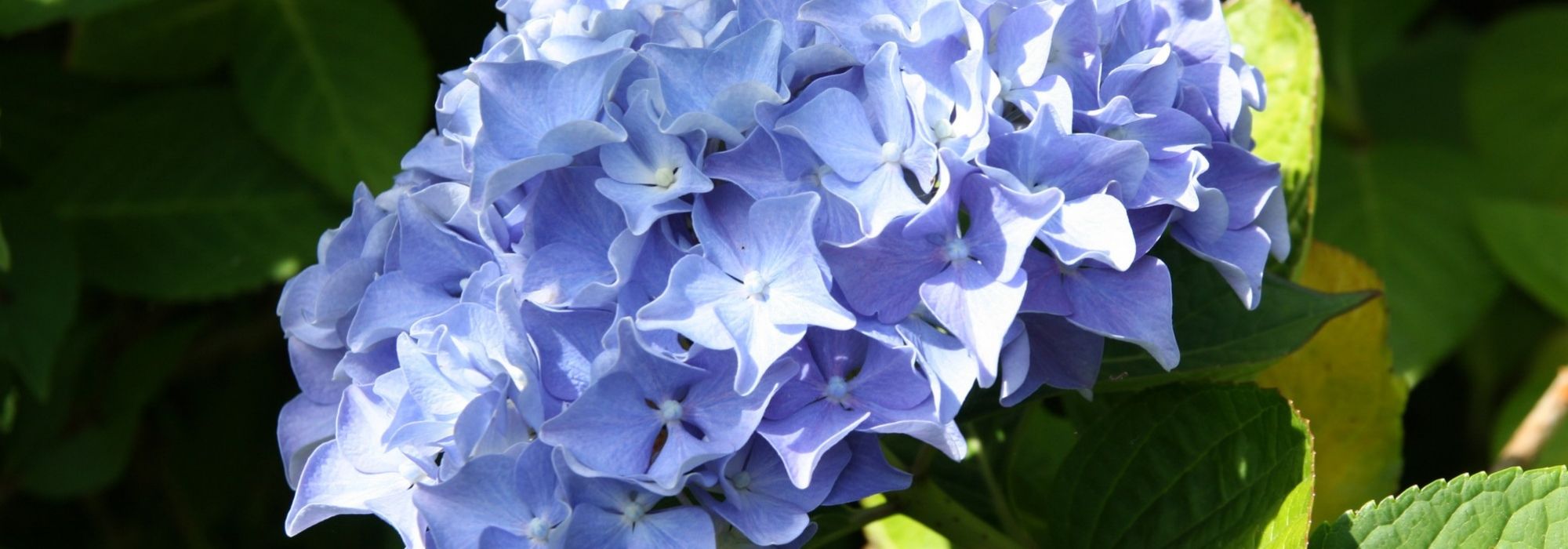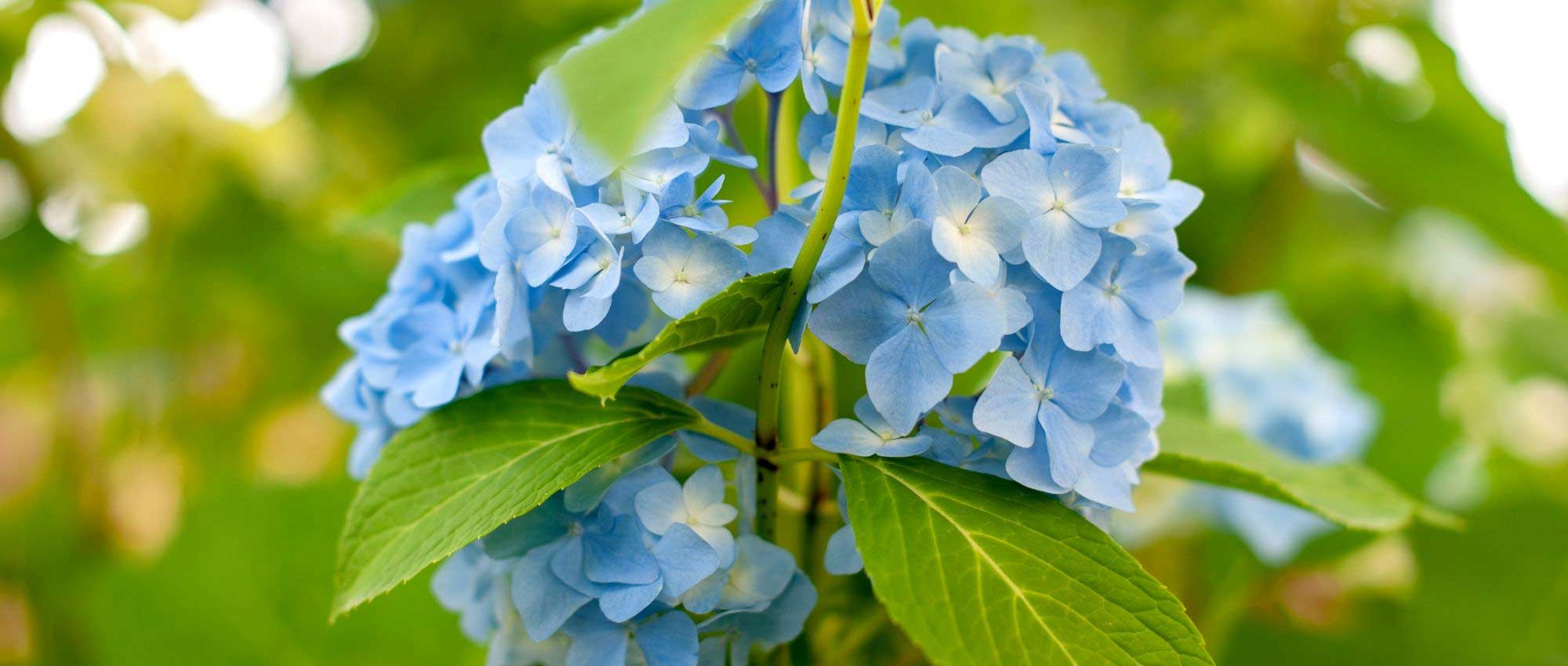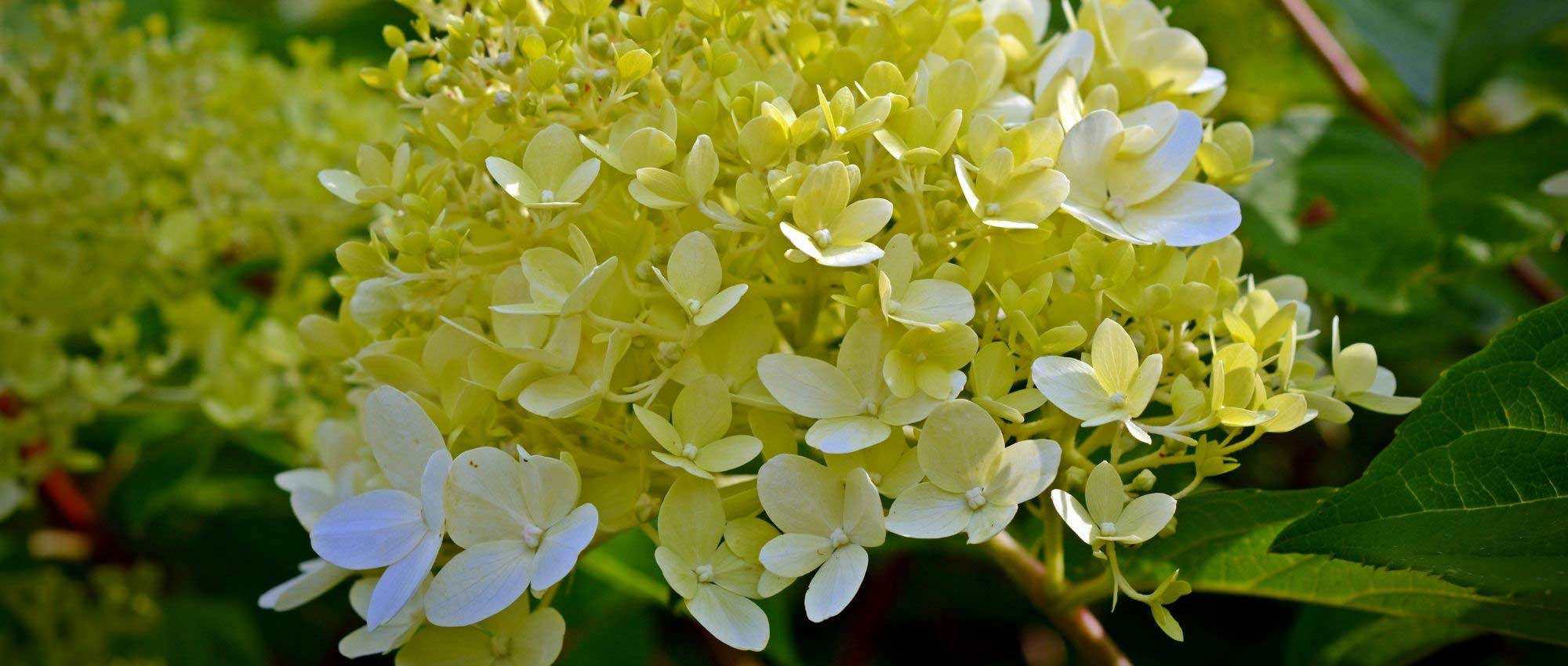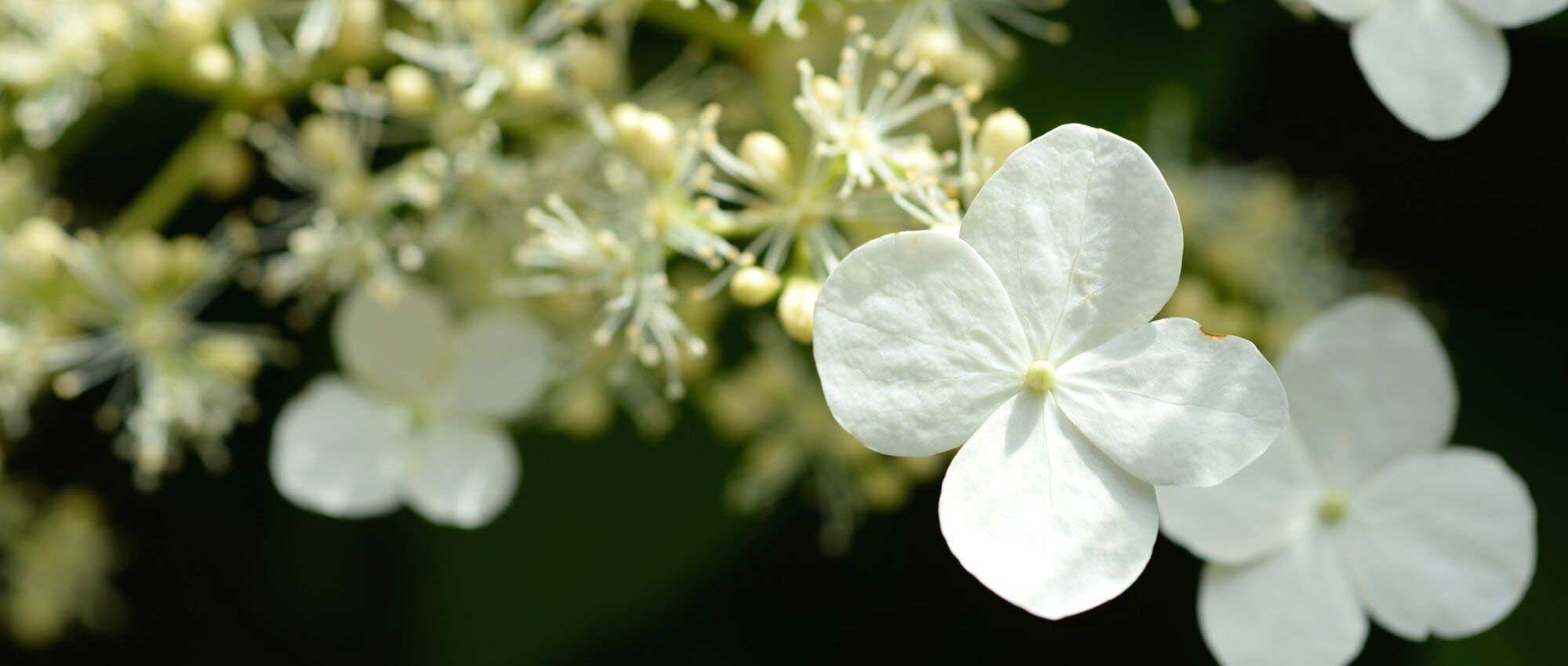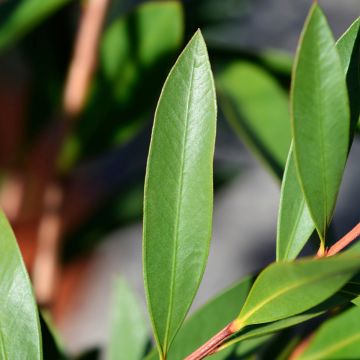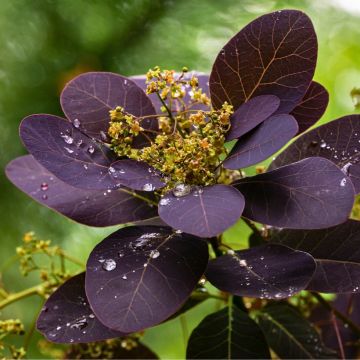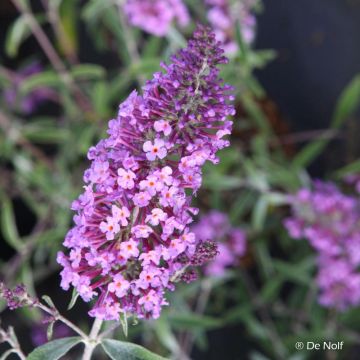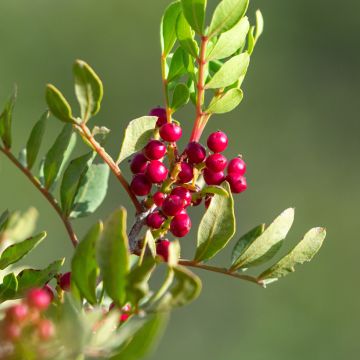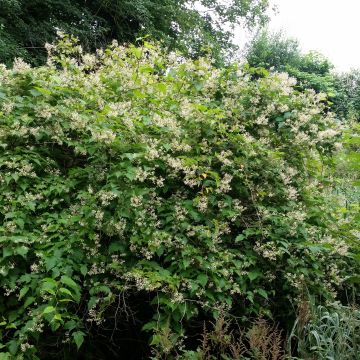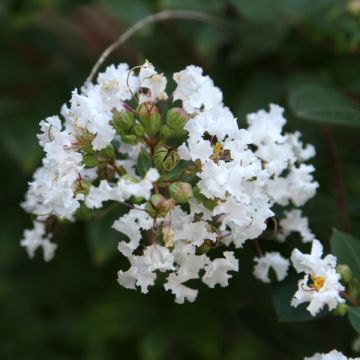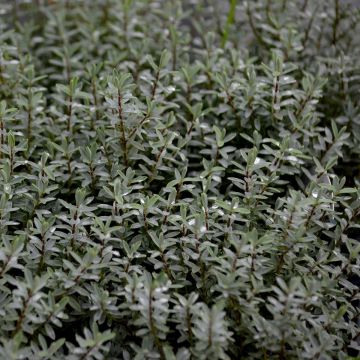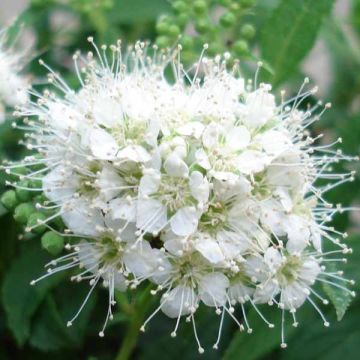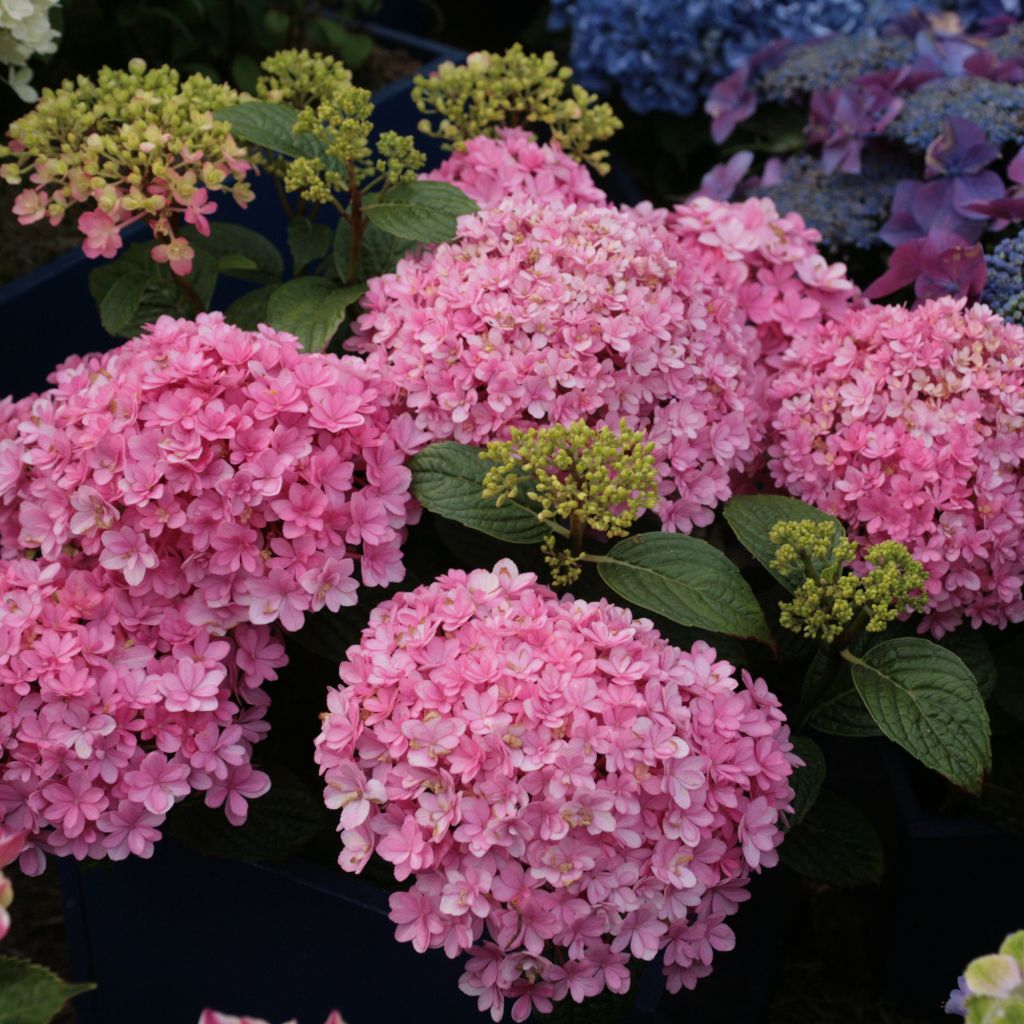

Hortensia - Hydrangea macrophylla Umbrella
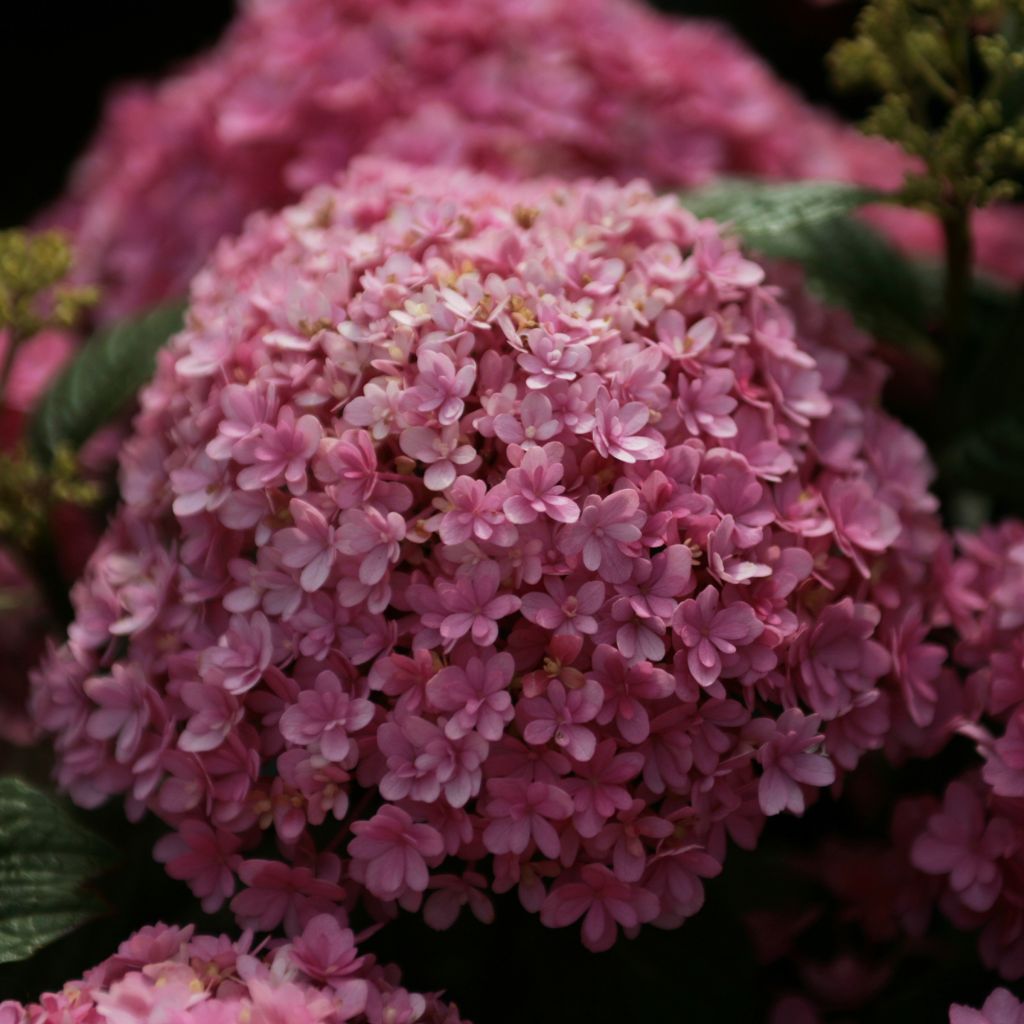

Hortensia - Hydrangea macrophylla Umbrella
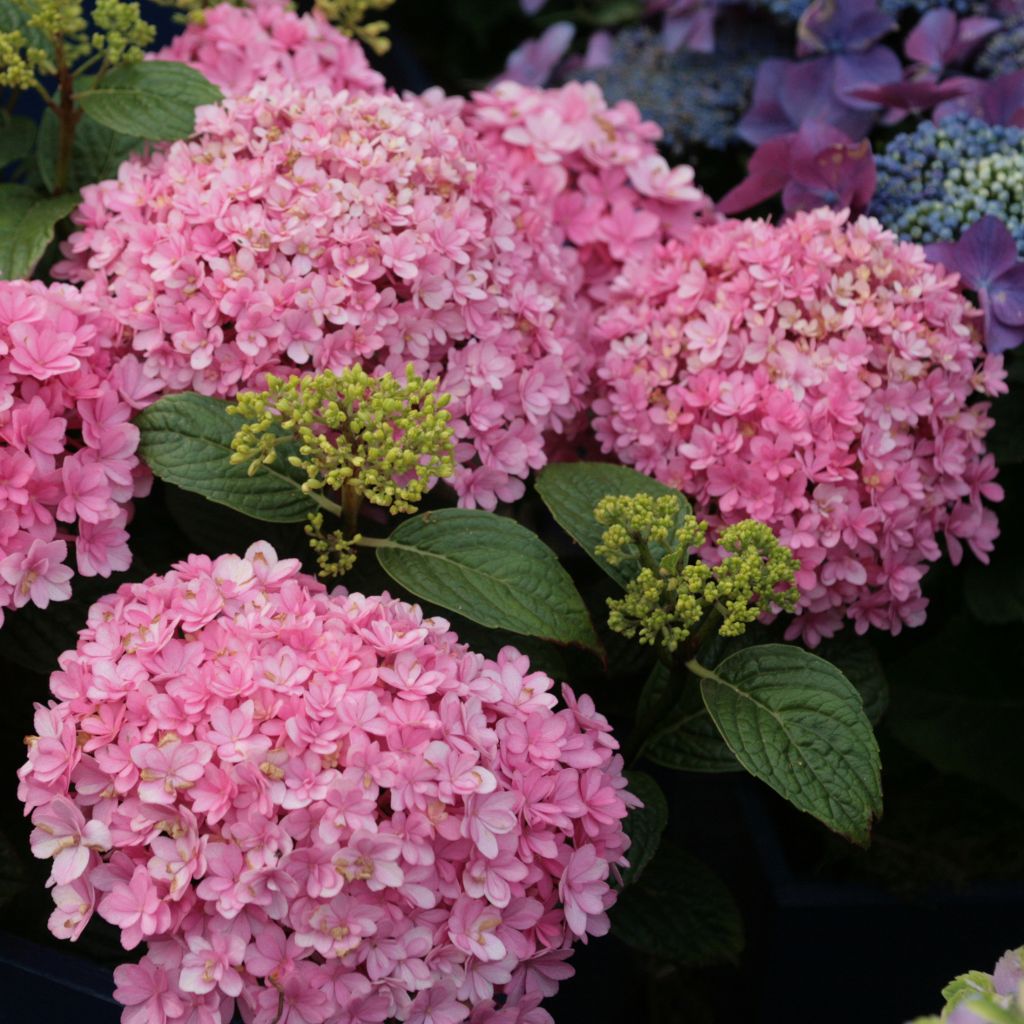

Hortensia - Hydrangea macrophylla Umbrella
Hydrangea macrophylla Umbrella
Hydrangea macrophylla Umbrella
Bigleaf Hydrangea, French Hydrangea
I am disappointed as I thought what I would receive would be a bit in flower, which is not the case.
isabelle M., 20/05/2017
Special offer!
Receive a €20 voucher for any order over €90 (excluding delivery costs, credit notes, and plastic-free options)!
1- Add your favorite plants to your cart.
2- Once you have reached €90, confirm your order (you can even choose the delivery date!).
3- As soon as your order is shipped, you will receive an email containing your voucher code, valid for 3 months (90 days).
Your voucher is unique and can only be used once, for any order with a minimum value of €20, excluding delivery costs.
Can be combined with other current offers, non-divisible and non-refundable.
Why not try an alternative variety in stock?
View all →This plant carries a 24 months recovery warranty
More information
We guarantee the quality of our plants for a full growing cycle, and will replace at our expense any plant that fails to recover under normal climatic and planting conditions.
Does this plant fit my garden?
Set up your Plantfit profile →
Description
The Hydrangea macrophylla Umbrella is a beautiful and recent addition to the plant world. It produces large, half-spherical clusters of flowers that vary in colour from bright pink to orangey pink to cream or greenish-white, depending on the soil. The sterile florets are semi-double and resemble small stars, which give the plant a light and airy appearance. This medium-sized bush has sturdy stems and lush, dark green foliage, making it vigorous and floriferous. It is best suited for shaded flower beds with non-limestone soil.
The Hydrangea macrophylla Umbrella is a relatively new plant in a series of hybrids called the 'Flair & Flavours Series'. These plants have prolonged flowering, occurring on both old and new stems. They are hardy and have strong stems, and their flowers are abundant. They result from cross-breeding between species, including H. macrophylla and H. aspera. They all belong to the Hydrangeaceae family from China and Japan.
The 'Umbrella' is compact and rounded, growing up to 1.20 m (3 ft 11 in) in all directions. It blooms from July to September to October, producing small, spherical flower heads of 18 to 22 cm (7.1 to 8.7 in) in diameter. The flowers are composed of semi-double, star-shaped sterile florets. The flowers will have brighter and pinker shades in acidic soil, while in neutral soil, they are more orangey-pink. Its leaves are opposite, ovate to elliptical, single, and saw-toothed, at least twenty centimetres long. The plant's foliage is ample, shiny, dark green, and deciduous.
Hydrangeas can live for at least fifty years.
The Hydrangea Umbrella is a compact plant, very sturdy in appearance. Hydrangeas are well known for brightening up the north side of houses. This one will be happy in an east or west exposure that is not scorching, in flower beds and as hedges. This variety is particularly suited to container culture, which can be placed on the terrace in a beautiful pot or near the entrance. Even though these plants are not fond of limestone, they are not, strictly speaking, ericaceous plants. Pair them with fuchsias magellanica, annual impatiens, or plant spring-flowering bulbs in front of their round silhouette. Enjoy their sumptuous flowering in the garden or in the house.
Hydrangea macrophylla Umbrella in pictures
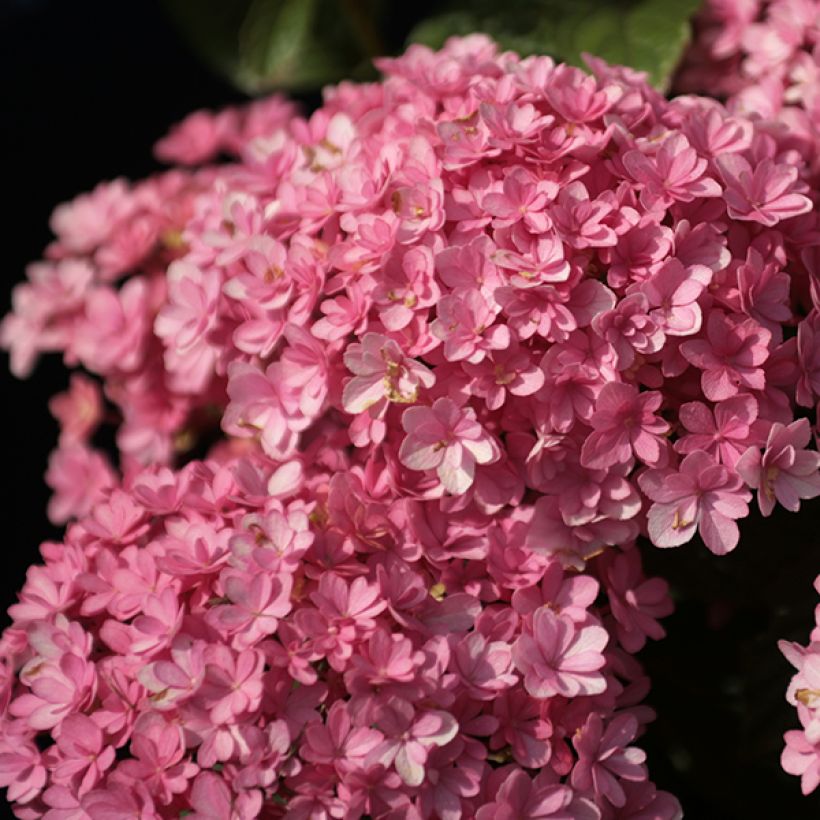

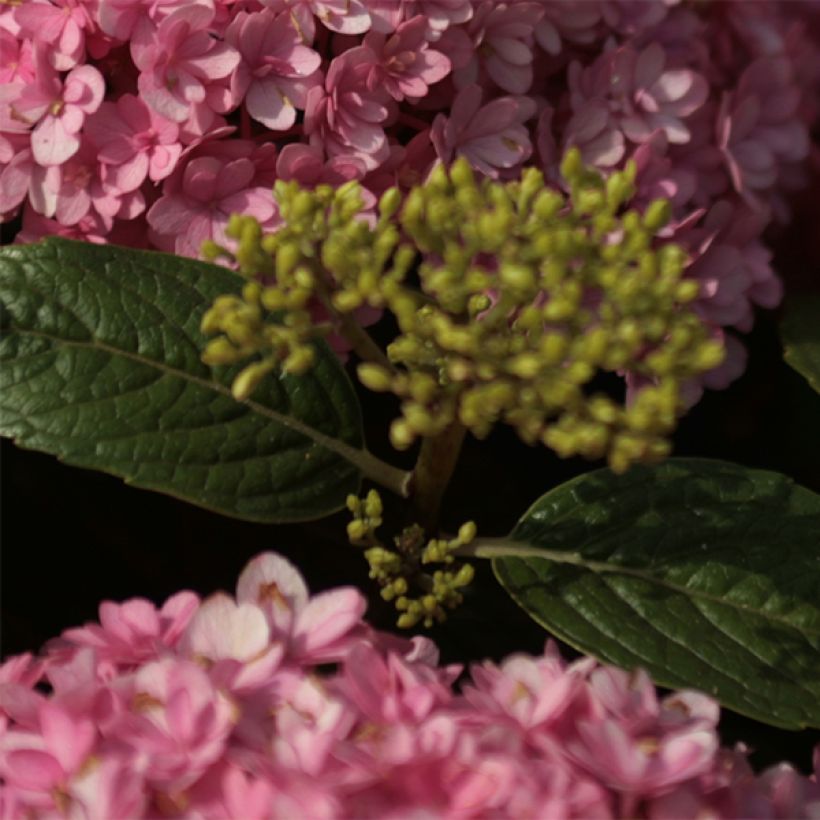

Plant habit
Flowering
Foliage
Botanical data
Hydrangea
macrophylla
Umbrella
Hydrangeaceae
Bigleaf Hydrangea, French Hydrangea
Cultivar or hybrid
Other Hydrangea Macrophylla
View all →Planting and care
When planting the Hydrangea macrophylla Umbrella, choose a slightly shaded spot in spring or early autumn, such as against an east-facing or northern wall. Keep it away from cold winds and the sun. It prefers deep, fresh, well-drained, and relatively fertile soil, but ericaceous soil is unnecessary. You can enrich the soil with a good base fertiliser before planting. If the soil is dry at the foot of the wall, plant the root ball at least 30-40 cm (11.8-15.7 in) away from the base and add well-rotted compost to improve soil freshness. This plant is resilient and can be planted in cold areas. When pruning, remove the faded flowers on the first or second bud. To encourage the formation of young shoots, cut back a quarter or a third of the oldest stems to the base when the plant matures. Prune every year in March or April.
Planting period
Intended location
Care
Planting & care advice
-
, onOrder confirmed
Reply from on Promesse de fleurs
Similar products
Haven't found what you were looking for?
Hardiness is the lowest winter temperature a plant can endure without suffering serious damage or even dying. However, hardiness is affected by location (a sheltered area, such as a patio), protection (winter cover) and soil type (hardiness is improved by well-drained soil).

Photo Sharing Terms & Conditions
In order to encourage gardeners to interact and share their experiences, Promesse de fleurs offers various media enabling content to be uploaded onto its Site - in particular via the ‘Photo sharing’ module.
The User agrees to refrain from:
- Posting any content that is illegal, prejudicial, insulting, racist, inciteful to hatred, revisionist, contrary to public decency, that infringes on privacy or on the privacy rights of third parties, in particular the publicity rights of persons and goods, intellectual property rights, or the right to privacy.
- Submitting content on behalf of a third party;
- Impersonate the identity of a third party and/or publish any personal information about a third party;
In general, the User undertakes to refrain from any unethical behaviour.
All Content (in particular text, comments, files, images, photos, videos, creative works, etc.), which may be subject to property or intellectual property rights, image or other private rights, shall remain the property of the User, subject to the limited rights granted by the terms of the licence granted by Promesse de fleurs as stated below. Users are at liberty to publish or not to publish such Content on the Site, notably via the ‘Photo Sharing’ facility, and accept that this Content shall be made public and freely accessible, notably on the Internet.
Users further acknowledge, undertake to have ,and guarantee that they hold all necessary rights and permissions to publish such material on the Site, in particular with regard to the legislation in force pertaining to any privacy, property, intellectual property, image, or contractual rights, or rights of any other nature. By publishing such Content on the Site, Users acknowledge accepting full liability as publishers of the Content within the meaning of the law, and grant Promesse de fleurs, free of charge, an inclusive, worldwide licence for the said Content for the entire duration of its publication, including all reproduction, representation, up/downloading, displaying, performing, transmission, and storage rights.
Users also grant permission for their name to be linked to the Content and accept that this link may not always be made available.
By engaging in posting material, Users consent to their Content becoming automatically accessible on the Internet, in particular on other sites and/or blogs and/or web pages of the Promesse de fleurs site, including in particular social pages and the Promesse de fleurs catalogue.
Users may secure the removal of entrusted content free of charge by issuing a simple request via our contact form.
The flowering period indicated on our website applies to countries and regions located in USDA zone 8 (France, the United Kingdom, Ireland, the Netherlands, etc.)
It will vary according to where you live:
- In zones 9 to 10 (Italy, Spain, Greece, etc.), flowering will occur about 2 to 4 weeks earlier.
- In zones 6 to 7 (Germany, Poland, Slovenia, and lower mountainous regions), flowering will be delayed by 2 to 3 weeks.
- In zone 5 (Central Europe, Scandinavia), blooming will be delayed by 3 to 5 weeks.
In temperate climates, pruning of spring-flowering shrubs (forsythia, spireas, etc.) should be done just after flowering.
Pruning of summer-flowering shrubs (Indian Lilac, Perovskia, etc.) can be done in winter or spring.
In cold regions as well as with frost-sensitive plants, avoid pruning too early when severe frosts may still occur.
The planting period indicated on our website applies to countries and regions located in USDA zone 8 (France, United Kingdom, Ireland, Netherlands).
It will vary according to where you live:
- In Mediterranean zones (Marseille, Madrid, Milan, etc.), autumn and winter are the best planting periods.
- In continental zones (Strasbourg, Munich, Vienna, etc.), delay planting by 2 to 3 weeks in spring and bring it forward by 2 to 4 weeks in autumn.
- In mountainous regions (the Alps, Pyrenees, Carpathians, etc.), it is best to plant in late spring (May-June) or late summer (August-September).
The harvesting period indicated on our website applies to countries and regions in USDA zone 8 (France, England, Ireland, the Netherlands).
In colder areas (Scandinavia, Poland, Austria...) fruit and vegetable harvests are likely to be delayed by 3-4 weeks.
In warmer areas (Italy, Spain, Greece, etc.), harvesting will probably take place earlier, depending on weather conditions.
The sowing periods indicated on our website apply to countries and regions within USDA Zone 8 (France, UK, Ireland, Netherlands).
In colder areas (Scandinavia, Poland, Austria...), delay any outdoor sowing by 3-4 weeks, or sow under glass.
In warmer climes (Italy, Spain, Greece, etc.), bring outdoor sowing forward by a few weeks.






























